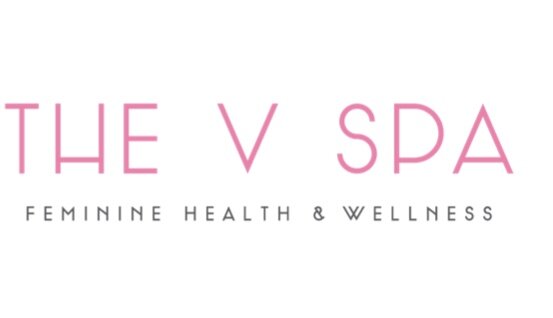The Misnomers & Misconceptions of The V Steam
Steam My What?
Are you looking for a unique spa experience? Do you often wonder what you can do to live a more wholesome and balanced life and make your body happier with you-especially down there? The answer might just be in organic and holistic spa treatments. For as long as mankind has been in existence, herbs and other natural ingredients have been used to treat illness and soothe aching and sore muscles, however with the advent of modern medicine, a lot of these healing and rejuvenating treatments have been left behind and so have their benefits. Today, a certain treatment known as the ‘V Steam’ is gaining quite the popularity in holistic and medical spa practices.
What is V steaming?
The Vaginal Steam has been used for centuries as a traditional remedy for feminine care. Most commonly used by midwives and other birth workers to assist with postpartum care. During a traditional V Steam session, a woman sits or squats over a bowl or tub of warm water by way of a kitchen crock pot with herbs in it, which is heated by a plug-in thermal burner in most cases. Thankfully, The V Spa has advanced the science and method of Vaginal Steaming with a much more modern approach. During a V Spa V Steam, you’re comfortably seated in a private and luxurious treatment room on a wet-steam, far infrared sauna chair that is specially crafted for the ancient modality of Vaginal Steaming. The most common herbs used for a V steam session include mugwort, basil, wormwood, and rosemary. The treatment helps to bring relief to pelvic ailments such as painful and irregular periods and help resolve fertility issues. It is practiced in many parts of the world including Africa, Central and South America, and various Asian cultures.
Common misnomers of V steaming
After a rise in the popularity of vaginal steaming due to a mention on a celebrity’s personal website, then later being featured on various reality tv shows, more people in the West began to look into vaginal steaming treatments and as with all fads, it quickly gathered some misnomers along its rise to fame. Common Misnomers of vaginal steaming include calling it a vaginal bath, or douching. In both cases water is inserted in the vagina to “clean” it out whereas in a V steam no water is directly inserted in the vagina, it is simply the herbal steam from hot water vapor that rises up and lends the healing properties of each medicinal herb to the delicate vaginal and uterine tissue membranes. Some common nicknames for the vaginal steam include, the V Steam, Yoni Steam, Hip Bath, Womb Sauna, Chai Yok in Korea, (pronounced Ki-Yoke), Ratus in Indonesia, and commonly known in Both Central and South America as Bajos (ba-hoes) among the Ancient Mayan Healers and midwives.
Misconceptions about V steaming
Like most sexual health-related treatments, there is a lot of misconceptions surrounding V Steaming. Most of them are as a result of miseducation or over the top promises and results made by people who offer vaginal steaming or who have used it in the past. Some misconceptions about this trendy down under treatment are that scalding hot water is used and you run the risk of getting thermal burns if the skin of your vulva gets in contact with it. Another misconception is that the herbs and water are inserted into the vagina to reap its benefits but this is also false, as during the treatment, you only sit above the warmth of water with your bottom half draped in a beautiful sauna gown and allow the rising steam to nourish, soothe, and increase blood flow around the vaginal/perineum area which could lead to benefits like healing, tightening, and an increased sex drive.
Conclusion
At the end of the day, vaginal steams may not be medically proven to cure infections, however, they do help reduce the intensity of period cramps and the herbs used like wormwood and mugwort have been proven to help regulate hormones and increase fertility. According to a great number of testimonies, V steams are able to revitalize your vagina, strengthen and nourish the uterus, reduce bloating, assist with period problems, and speed up the healing of the birth canal after childbirth.
